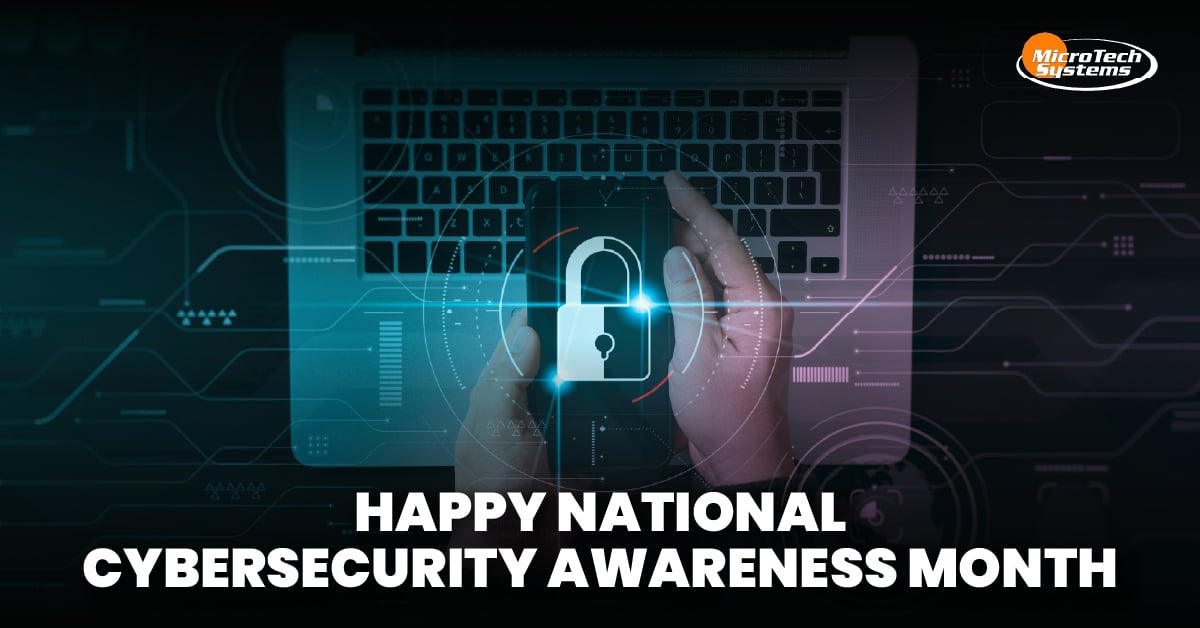
Small businesses are just as vulnerable to cyber and network attacks as large corporations since the main concern of hackers is to steal confidential financial...
We hear news about data breaches all the time. One misstep could lead to lost sales, a tarnished reputation, hefty regulatory penalties, or even closing your business for good.
You know you must strengthen your defense against cybercriminals. But where to begin?
Small businesses with limited resources can’t afford to throw spaghetti on the wall and hope that something will stick. You must have a strong foundation to help you select and implement the right tools and processes.
This foundation is your IT security policy, which outlines the information assets you need to protect and the controls required to protect them. A well-designed policy also defines the type of business information that can be shared, the acceptable use of devices, and the proper handling of sensitive information.
Here are the key steps to building your IT security policy:
Review your operations and procedures to identify all sensitive information such as customer data, corporate records, and financial statements. Then, map the data across all your systems, applications, and devices. Identify weak points hackers can target, see what security measures you have already implemented, and list any critical gaps that must be addressed—especially workflows concerning how employees handle data.
The reality is that nobody has the time and resources to cover every potential security issue. Your policy must take a holistic view, determine acceptable risk levels, and ensure that your security measures don’t hamstring your employees. Achieve a balance so your team can perform their duties effectively and efficiently while protecting critical information from the most probable threats.
Consider all local, state, and federal laws as well as relevant industry standards. If you handle healthcare information, you must address HIPAA requirements; if you process credit card payments, you may need to adhere to PCI-DSS. Also, following widely recognized frameworks such as SOC 2, NIST-800, and HITRUST can help you meet multiple compliance standards.
Your security policy should have these essential components:
Outline how employees should handle and report suspicious emails, only open attachments from trusted contacts, and block spam messages. Your policy should also provide guidelines on what business information employees can share on social media, when they should use their work accounts, and what sites they can access during work hours and via company devices.
Your policy should detail how you’d hold employees accountable for following the rules and the consequences of non-compliance. It should also address how you’d monitor the policy’s enforcement and how often you’d review its effectiveness to address the latest threats and evolving cybersecurity best practices. You should also have a maintenance plan to implement updates with minimum disruption to business processes.
Your security policy is only as good as your employees’ ability to adhere to it. Communicate the policy and updates in plain language to help staff members understand their role in keeping company data safe. All new hires should read and sign a copy of the security policy and all staff members should reaffirm their understanding of the guidelines annually.
Understanding the policy is the first step, but your employees also need support to implement it. Provide regular training and a centralized repository where everyone can access the latest policy and supporting materials (e.g., demo videos to configure security settings.) Also, assign a contact person to handle all the questions and ensure that employees can get the equipment and assistance to adhere to the policy.
The most airtight policy won’t work as intended without the right technology and processes to support its implementation and enforcement.
Working with an experienced managed services provider (MSP) like MicroTech gives you access to the latest tools and resources you need to implement and enforce your security policy. Plus, we offer 24/7 monitoring to nip suspicious activities in the bud and protect your network around the clock.
Learn more about our services and get in touch to see how we can help.

Small businesses are just as vulnerable to cyber and network attacks as large corporations since the main concern of hackers is to steal confidential financial...

Business continuity and disaster recovery are preemptive plans that guide businesses during a crisis like natural disasters, power outages, technological failure, and...